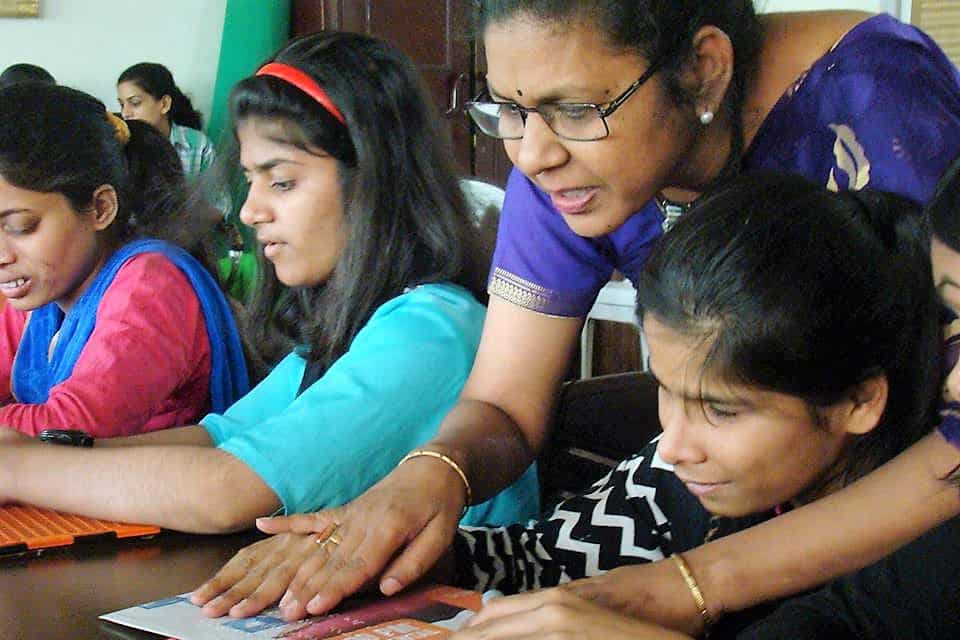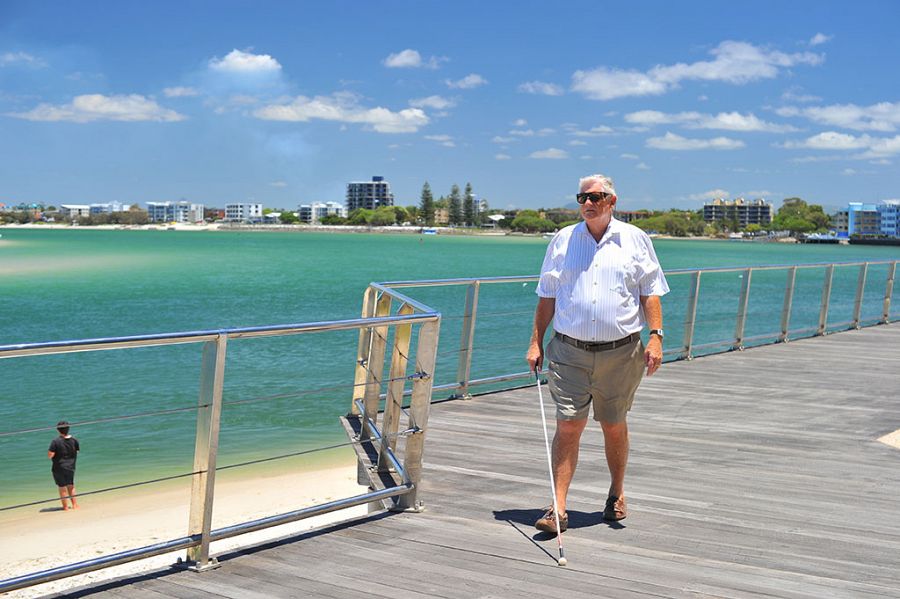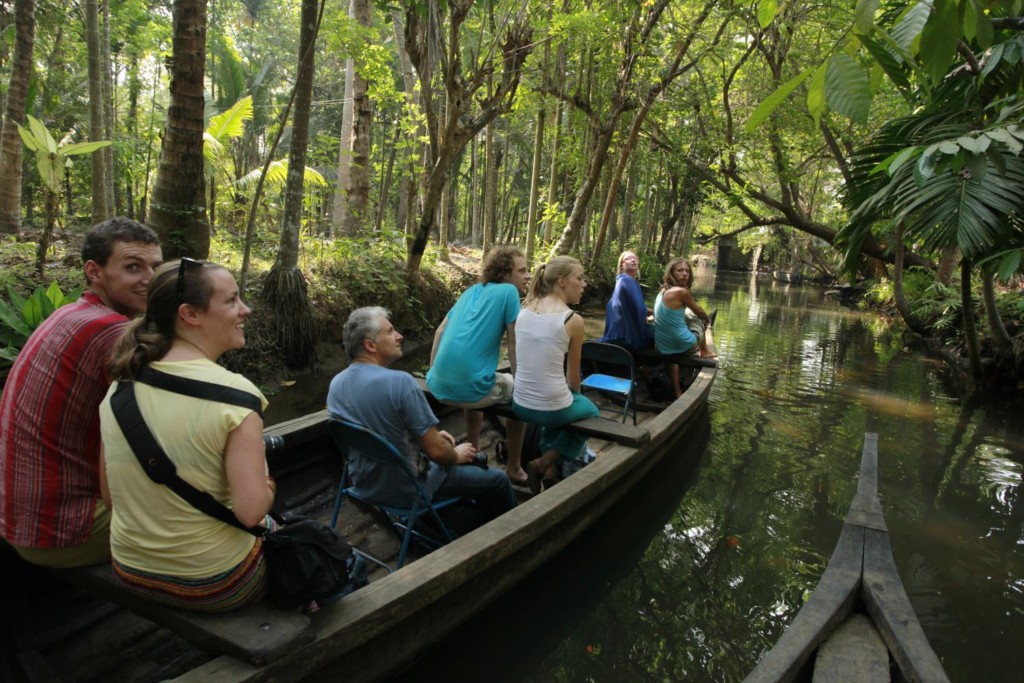Accessible tourism
Scroll down for posts that have been tagged with “accessible tourism”.
Accessible tourism “(also known as “Access Tourism”, “Universal Tourism”, “Inclusive Tourism”^ and in some countries such as in Japan “Barrier-free Tourism”) is tourism and travel that is accessible to all people, with disabilities or not, including those with mobility, hearing, sight, cognitive, or intellectual and psychosocial disabilities, older persons and those with temporary disabilities” ― Takayama Declaration, UNESCAP, 2009. ^ When referred to by The “Good Tourism” Blog, “inclusive tourism” means the same as OECD’s definition of “inclusive growth” as it pertains to the tourism sector.
Accessible tourism refers to the practice of designing tourism experiences and services that cater to the needs of people with disabilities or other accessibility needs. This growing market segment represents a significant opportunity for the tourism industry to expand its customer base and generate greater revenue while also contributing to social inclusion.
The benefits of accessible tourism are manifold. Firstly, it enables people with disabilities to fully participate in tourism activities and enjoy travel experiences that were previously inaccessible to them. Secondly, it allows destinations and tourism businesses to tap into a new and potentially lucrative market segment. Accessible tourism can help to promote social inclusion by breaking down barriers and stereotypes and fostering greater understanding and acceptance.
There are many ways in which tourism businesses and destinations can make their offerings more accessible. For example, hotels can provide accessible rooms with features such as wider doors, grab bars, and roll-in showers. Restaurants can offer menus in Braille or large print, and attractions can provide audio guides or sign language interpretation. In addition, transportation providers can ensure that their vehicles are wheelchair accessible and that staff are trained to provide assistance to passengers with disabilities.
Truly accessible tourism requires a deep understanding of the needs and preferences of travellers with disabilities and a commitment to ongoing innovation and improvement. For example, some hotels are experimenting with the use of technology to create ‘smart rooms’ that can be customised to meet the needs of individual guests, while others are working with local disability organisations to ensure that their offerings are truly representative of the needs of the community.
Tags are informal. The “Good Tourism” Blog tries not to get bogged down with terminology and definitions. You may, of course, disagree with the tags applied (or not applied) to a post. If so, please feel free to comment on any post you think has been incorrectly or insufficiently tagged. “GT” encourages good-faith debate and discussion.



